Developing your own art style can be an exciting yet frustrating process, especially if you haven’t quite found your own unique way of creating.
In general, an ‘art style’ refers to the combination of techniques, processes and decisions an artist employs which are unique to their own work.
It is the set of distinctive characteristics and methods that shape the overall form and appearance of an artist’s artwork. It is a holistic expression of your individuality, creativity and visual affinity all physically manifested into onto the page.
The very process of finding your own art style can be challenging to navigate…
So I’ve written this to hopefully veer you in the right direction to getting closer to discovering a unique style as well as provide some practical steps you may choose to take in this process.
Why should you have an art style?
Practically, a distinctive art style is important as it unifies your art into essentially what is a cohesive body of work.
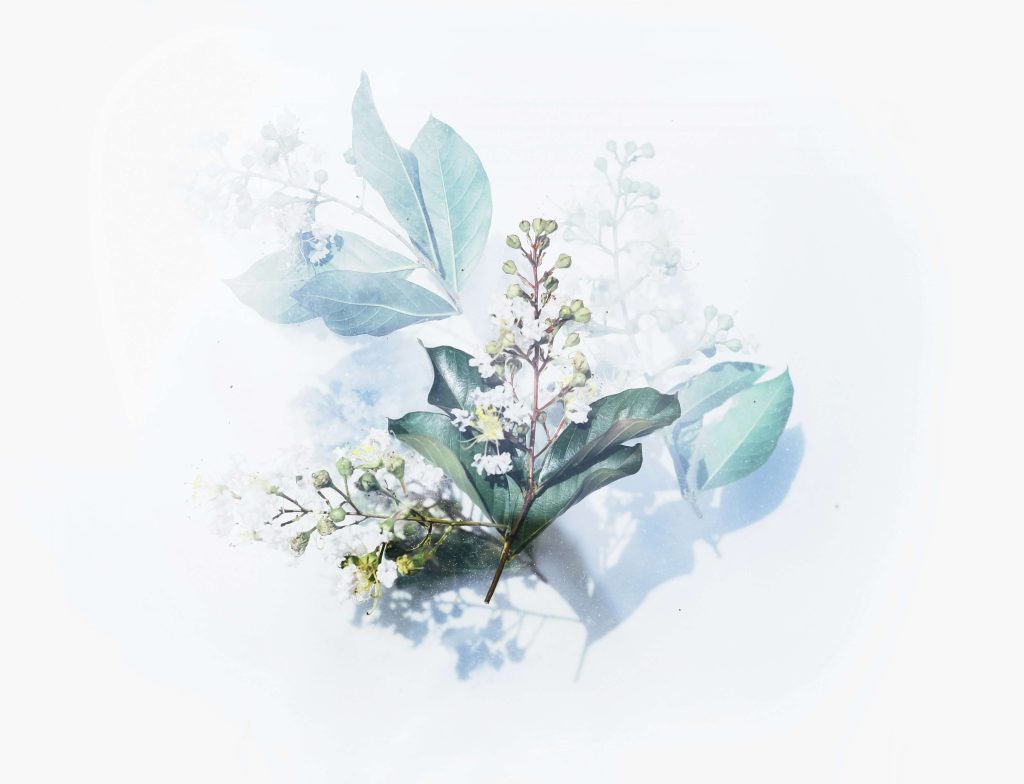
This is especially useful if your planning on leveraging your artwork into something commercial as you are generating a brand for yourself with the type of art you create. Your art should be recognizable to flourish in this game as people will be able to pick up familiar patterns throughout your work.
However…
On a deeper note, moulding your own art style will form the mode by which you express your thoughts and emotions.
I’ve always thought of it as shaping a new personal language that your creative ideas funnel through – the end product being, essentially, one of the truest and purest parts of your imagination.
You are making art that deeply reflects your personal voice and authenticity which (I assure you) is incredibly rewarding.
So how do you tap into these benefits and actually find your own art style?
Start with basics
Before any other step, the best place to start when trying to find your own art style is the basics. Learn anatomy, perspective, , lighting, architecture, color theory, shape composition, textures, values – all these will set you up to discover your own methods of approaching each.
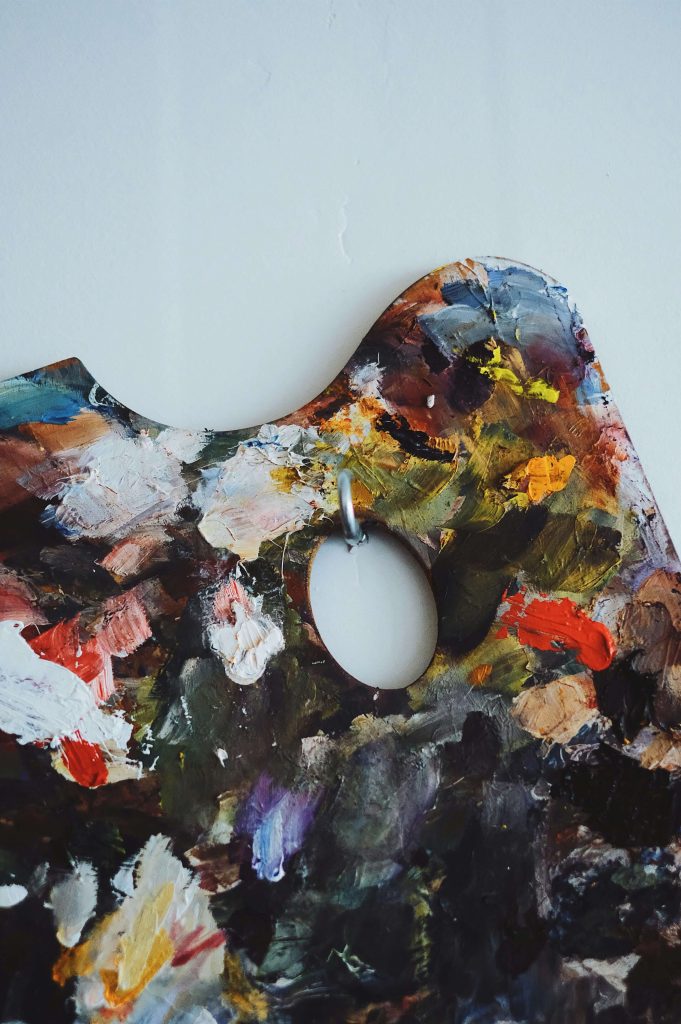
Here’s a good analogy…
As a gymnast, you would want to master the basics before you add flourishes and nuanced personal spins on your movements right?
Translating this over to art, the way you create art will always be determined by the strength of your foundational knowledge.
The basics is what you build from and when you practice, you will find that your personal style will already begin to seep through. Are you more on the expressive side? Do you prefer intricate line work? Do you have a natural grasp of colors?
All these questions stem from fundamental principals of art and I urge you to work on these basics FIRST before truly focusing on developing your unique artistic voice.
Steal like an artist
Despite having a few caveats, I believe that this is one of the fundamental steps of finding your own art style.

Its the notion that there is no such thing as “original” art, all art is derivative.
It’s commonly held that even when using no reference at all, we’re always subconsciously drawing from stylistic decisions, shape language and subject matter of other artists (even if you don’t think so).
In the process of creating, we are constantly choosing and drawing upon forms and techniques that constitute a mosaic jigsaw of subconscious references ultimately to emulate a visual appeal that we like.
So why not embrace this.
I urge you to become a ‘collector’ of different techniques, forms and characteristics that you may find from different artists. Here, you are simultaneously learning various elements that constitute another artist’s style but considering what you should integrate in your own.
BUT…
In saying this, be careful of the Frankenstine compilation of styles you end up with as you don’t want to merge elements that seem to not fit at all.
These chosen ‘elements’ (as I have put them) should be organic and naturally flow into each other seamlessly to really create a cohesive style that doesn’t feel disjointed or even mis-structured.
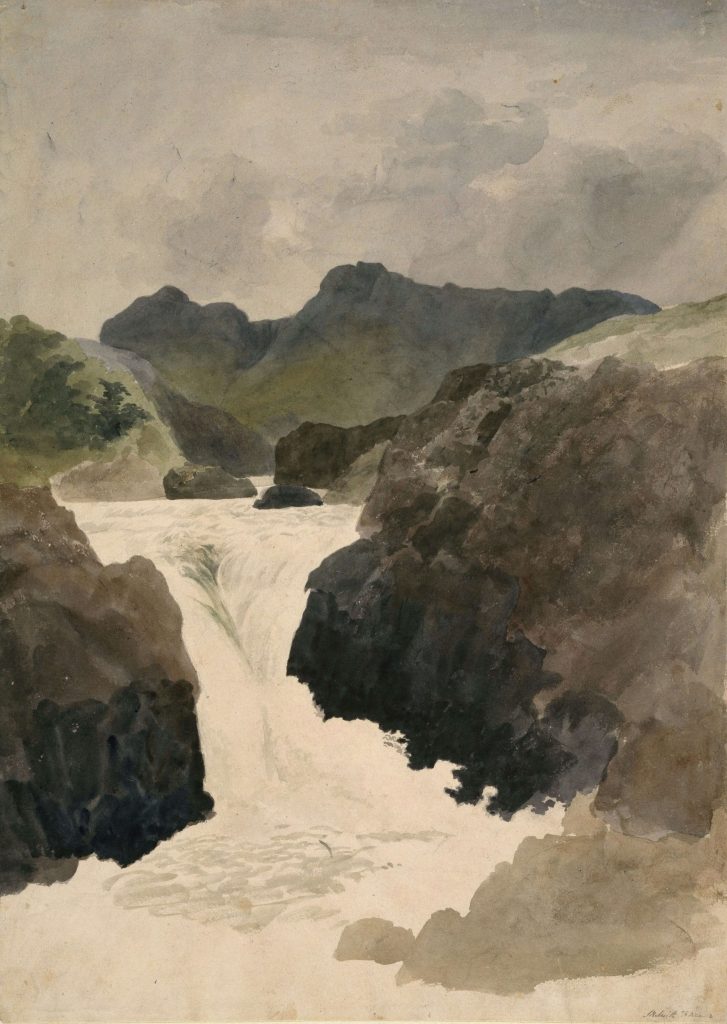
The BEST thing to do when you embark on this journey of ‘collecting’ is to expand upon your sources of inspiration.
So you’re not really ‘stealing’ or ‘copying’; you’re building upon, diversifying and flexing your own creative freedom instead of being limited to how another person likes theirs to be.
Experiment
You’ll never know if you don’t try it out.
This is the essence of experimenting with different art styles.
A good exercise would be to curate a list of artists that have a style (or even elements of a style) that you like.
Have a go at imitating these styles in your own work paying particular attention to the way they form shapes, use color, layout their work and embrace a unique artistic voice.
The key here is to stretch beyond your comfort zone with the type of art you produce and play around with styles that you may THINK is “too hard” or something you usually wouldn’t choose.
Embrace change
Your art style is not static.
In fact, its forever changing, evolving, shifting to the fresh techniques you learn and visual elements you allow into your work.
One of key dangers of ‘finding your own art style’ is the box it creates around yourself as an artist. It’s a common belief that you MUST have a style unique to you and that must stay CONSISTENT as you progress.
In my personal opinion, I believe that our art style – like the human beings we are – is perpetually shifting as we continue to grow and improve on our skills.
Throughout your creative journey, you will encounter different mediums in which another style may favor. You will feel this naturally as your unique skill set adapts according to the general feel of the medium itself.
Me personally, when I try to paint digitally, I ebb more towards an expressive style that embraces ‘flowy’ gestures. Despite being a highly expressive and impressionistic painter in general, this seems to double when transferring to a digital medium.
Why?
It’s quite hard to explain, but it really does come down to a feeling.
Analyze & re-analyze
Here’s where you have to embrace your inner scientist.
Break down what’s working, what’s not and what you enjoyed doing. By carefully analyzing through the inner workings of you artwork, you can construct an art style that suits your individual expression and not what you think it should be.
Be prolific
Be prolific. Keep making art.
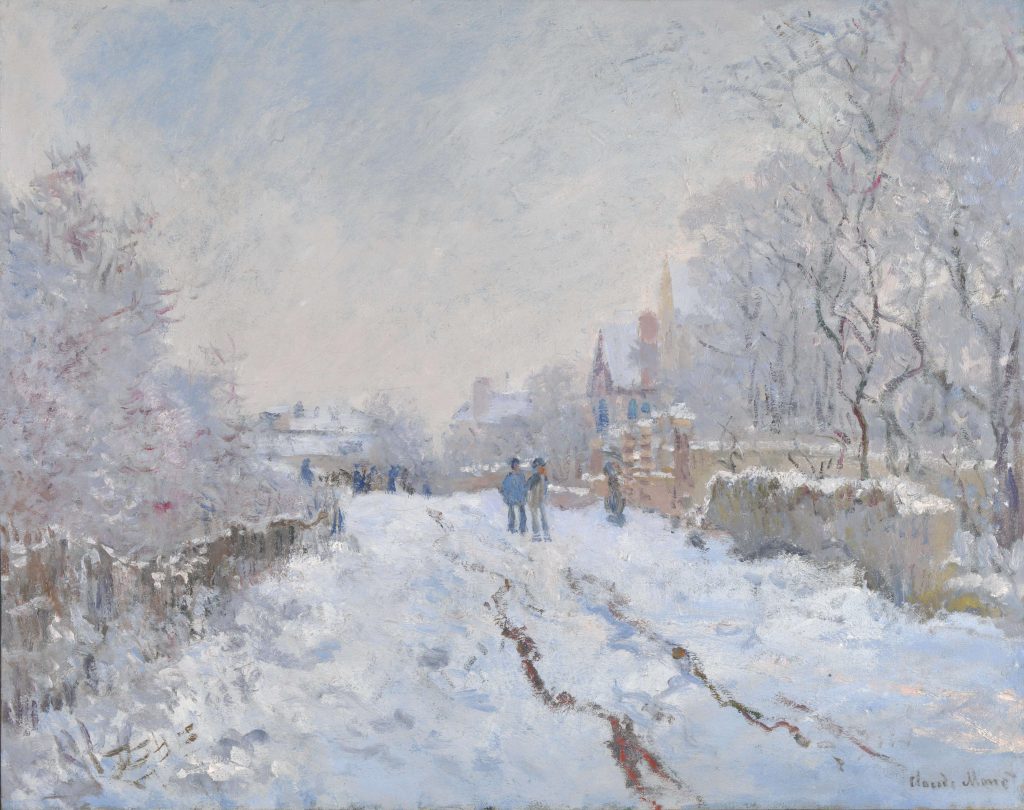
Developing an art style requires a lot of effort and truly takes time.
You have to realize that it will take time to learn from the artists you adore and characteristics of artowork that you love. I don’t think it’s possible to magically obtain your art style in the matter of a couple hours.
This process is long-term and will require patience and relentless dedication.
You just need to keep at it, keep going, keep creating and I assure you that you will eventually discover the style you’ve been looking for.
#1 Tip
My number 1 tip is to take the time to engage in one exercise that I’ve completed several times in attempt to discover my own art style – one which I’ve found to be a very valuable investment of your time.
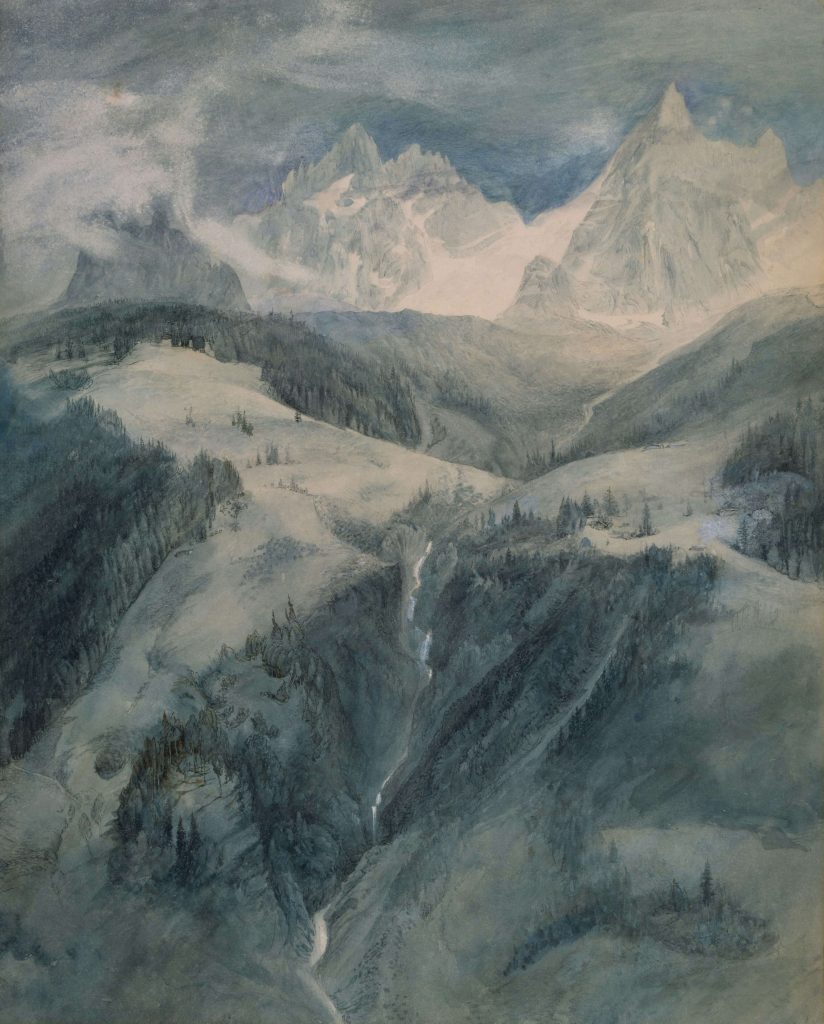
You simply curate a collection of your favorite artworks and artists from sources such as Pinterest or Instagram, select one piece and a separate photograph of something you want to draw/paint (e.g. person, animal, building).
When you start to paint whatever it is your chosen, take a good look at the artist’s work you have chosen and the overall feel of their style. Is it expressive? Is it intricate? Is it color orientated?
With this in mind, take the artist’s work away so you can’t see it and only use your chosen photograph as a reference.
The idea is to paint what you see in the photograph with the generall essence of the artist’s style you’ve chosen.
This exercise is so great as you are encouraged to be INSPIRED by the artist’s style you know and appreciate, allowing your own creative tendencies to seep through as well rather than plain “copying”. THIS is ‘stealing like an artist’ in practice!
Summary
At the end of the day, there is no rush to discover your own art style.
Focusing on this too much makes the creative process frustrating and arduous.
You’ll know you’re in the right direction if you enjoy the process with little conscious effort.
Know that finding your individual artistic voice takes time but will inevitably arrive (no matter what) as long as you continue to create art that is true to you and experiment widely with different techniques and mediums.
Good luck on your journey!

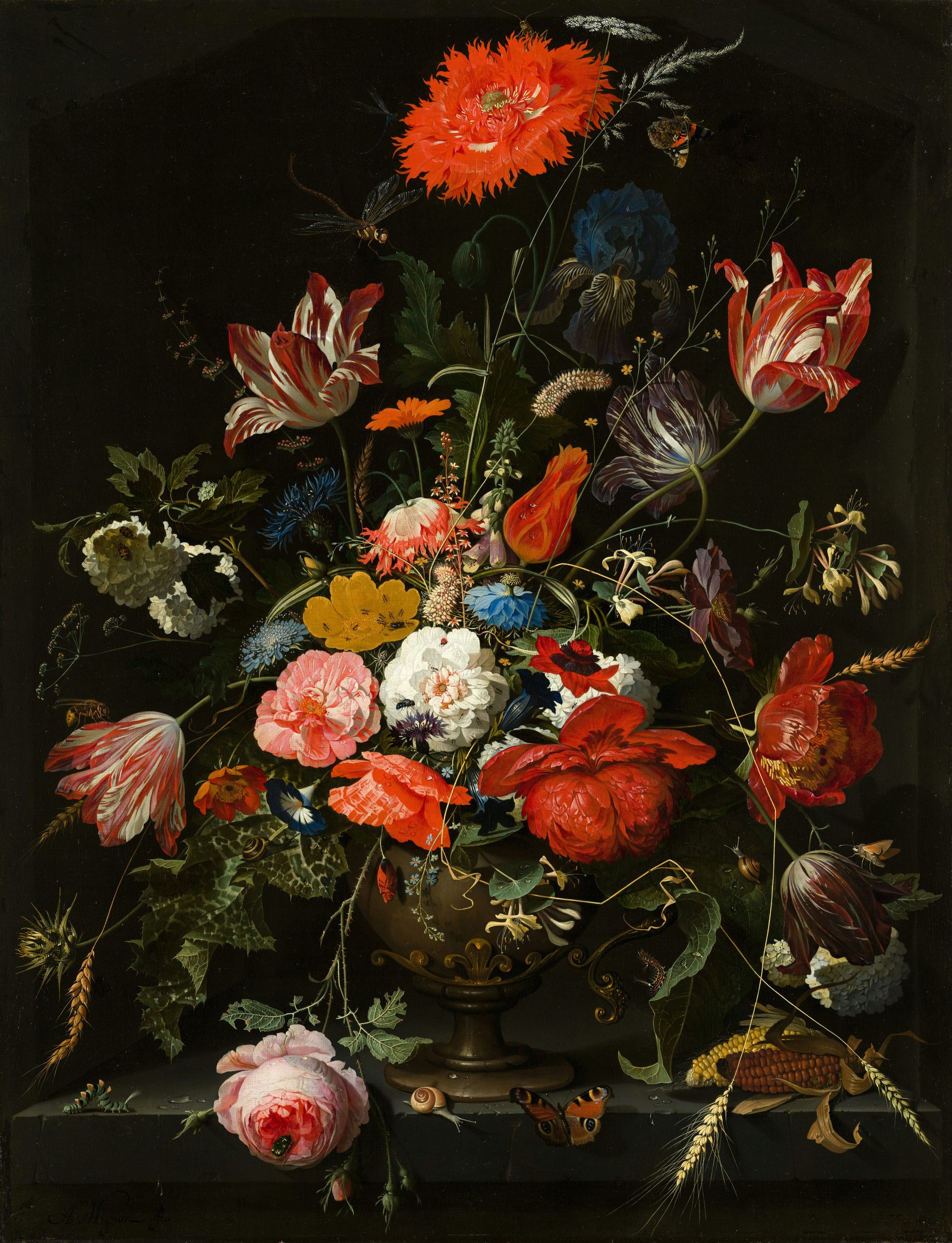

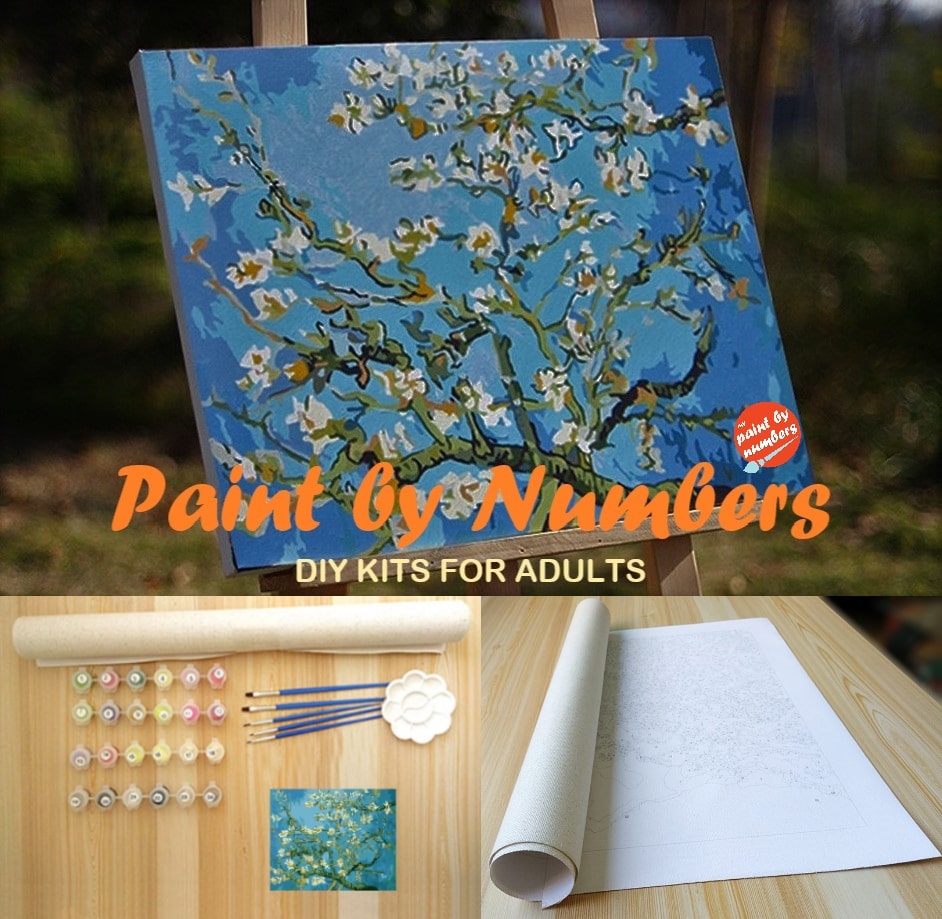
Leave a Reply